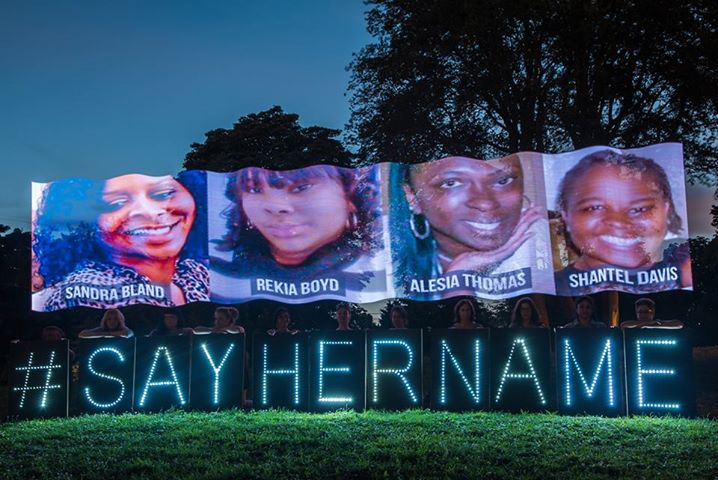
In most intro to Rhetoric courses, students evaluate the credibility of sources wherein they’re discouraged from incorporating unreliable sources into their own work. Intentional or not, this lesson tends to limit students to major media outlets (e.g., New York Times and Wall Street Journal.) What might we risk in through this practice?
Consider whose stories and experiences are erased by traditionally “credible” sources. For instance, consider the way in which the mainstream music press skipped over R. Kelly’s history of assault in regards to young black women, effectively issuing the singer a pass. When music journalist Jim DeRogatis looked back on his and colleagues’ silence he came to an unsettling conclusion: “The saddest fact I’ve learned is: Nobody matters less to our society than young black women. Nobody.”
For more evidence of the utter disregard for black women’s lives, one need look no further than any major news source. As black feminists have pointed out, incidents in which women of color women are victimized in particular garner much less national media attention than similar stories involving white people or men of color. These are the very sources our students are frequently taught are “credible.”
Pointing out bias is only part of our job as instructors. In the face of a cultural climate hostile to black women, the gap of coverage is itself its own violence. But how can we provide our students with the tools to locate and hear stories major media outlets ignore? Where can we direct our students? Let’s start with Twitter. As Sherri Williams explains in her a recent short essay in Feminist Media Studies: “Black feminists’ use of social media fills the gap in national media coverage of black women’s issues, from the ways that race and gender affect the wage gap to the disproportionate amount of violence committed against black transgender women.”
Lacking representation in newsrooms, many women of color have turned to Twitter as means to both share and organize around stories involving violence against women of color. As Williams describes, “Twitter is often a site of resistance where black feminist challenge violence committed against women of color and they leverage the power of Black Twitter to bring attention and justice to women who rarely receive either.”
How can instructors help students incorporate Twitter as a source? Williams argues that hashtags offer “an effective way to share information and spur action about a demographic that seems to get little support from its nation–black women.” Indeed, a quick read through hashtags Williams describes in her essay provides more insight into women of color’s lives than what you’ll find CNN or the New York Times. Knowing this, to ignore or disregard Twitter in a lesson about credibility and research is at best lazy and at worst unethical. I suggest guide students through research via Twitter hashtags as a part of teaching writing and research. In my next post, I’ll talk about in-class activity to help students research using hashtags on Twitter.

